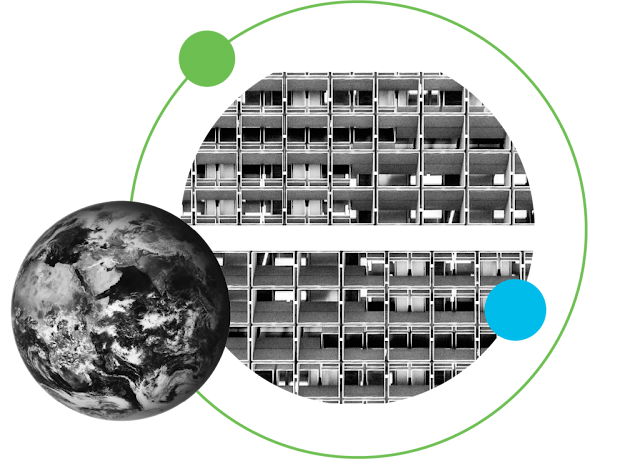Whether a business is prepared to open or still planning a modified experience—Cisco is there with the right technology.
Supporting a New Edge
Efforts to reopen businesses and resume economic operations are not simple but can be executed with proper connectivity, automation and a transformed layout. Inevitably, these grand re-opens will create a new edge where throughput and privacy needs are enormous; where connectivity must be simple and consistent; and where networking is intent-based.
The places we used to go to work, travel, watch, consume, shop and unwind will transform with richer digital experiences, such as custom shopping offers delivered to the user device, or smart check-out and debit where all a shopper needs to do is grab the item and leave. These are places where we carry phones, use touch screen kiosks, swipe tablets, check smart-watches and rely on anything and everything else that connects to the internet. Meanwhile, a larger, more distributed workforce operating from home and accessing sensitive data over a hybrid WAN create challenges.
The Cisco SM-X and ESP-X prepare your business for the future with a better network fabric, while the 1100 TSG provides simpler, more secure management.
ISR 4000 SM-X
When building out a network solution for a transformed branch, physical space restrictions can hinder plans. It’s impossible to fit a whole rack in the branch and stack whatever solutions are necessary—much as one does at headquarters or a campus. A single platform for each branch location must provide a variety of “full-stack” virtualized services from dynamic link selection to security, and be small enough to fit under a desk or in a closet.
The ISR 4000 is the world’s leading branch router, containing flexible technology for a variety of services and a trustworthy design. The latest SM-X release extends your ISR 4000 performance and investment even further to include switching capabilities on par with the Cisco Catalyst 9000 Series, and extends your network fabric to include Layer 2 to Layer 7 control—MAC to application. The SM-X also provides a variety of PoE options for Wireless support, along with access switching and Inter-VLAN routing.
ASR 1000 ESP-X
Cloud applications are prized for their simplicity, yet the IT teams responsible for their delivery now face greater complexity in an emerging network region called the cloud edge. This new region consists of anything from core locations to high-volume branches with Dedicated Internet Access (DIA), and any other location in a WAN where the network is opened to the internet.
Success in the cloud edge is by performance and security converging. The ASR 1000 ESP-X includes the 3rd Generation Cisco Quantum Flow processor, a powerful Layer 3 forwarding ASIC. The ESP-X provides customers more than 265 Gbps of both IPv4 and IPv6 throughput, along with IPSec that is more than 2X better performing than previous generations and QoS performance impact for total encryption and reliable application delivery at the edge. Reach more than 2X better scale compared to previous generations for classic NAT, Carrier-Grade NAT and Zone Based Firewall, an important capability for edge locations that experience bandwidth demands in great bursts or waves.
1100 TSG
Businesses with large hardware footprints, such as IaaS providers, Telcos, and sensitive enterprises such as finance and governmental organizations, need a simple way to manage their environment. The global nature of these businesses demands that they do it from half-way across the world. With so much data, connectivity and compliance regulations at stake, such convenience must never sacrifice build quality and security.
Enter the Cisco 1100 TSG.
The Cisco 1100 Terminal Services Gateway is a console server that provides simpler and more remote and out-of-band (OOB) management with the trustworthy build quality our customers expect. The top-of-rack solution offers integrated asynchronous ports, optional switching, and simplified Ethernet. It also supports secure tunnels, such as IPSec, generic routing encapsulation (GRE), and Cisco Dynamic Multipoint VPN, all at scale.
The 1100 TSG also supports Advanced LTE modules that can use the latest in wireless technology for backup connectivity when managing the WAN.
Together, the Cisco ISR 4000 SM-X, ASR 1000 ESP-X and 1100 TSG show that Cisco is prepared to transform business in their grand re-open into a new edge. Only Cisco offers powerful, reliable products with a build quality customers trust.
























